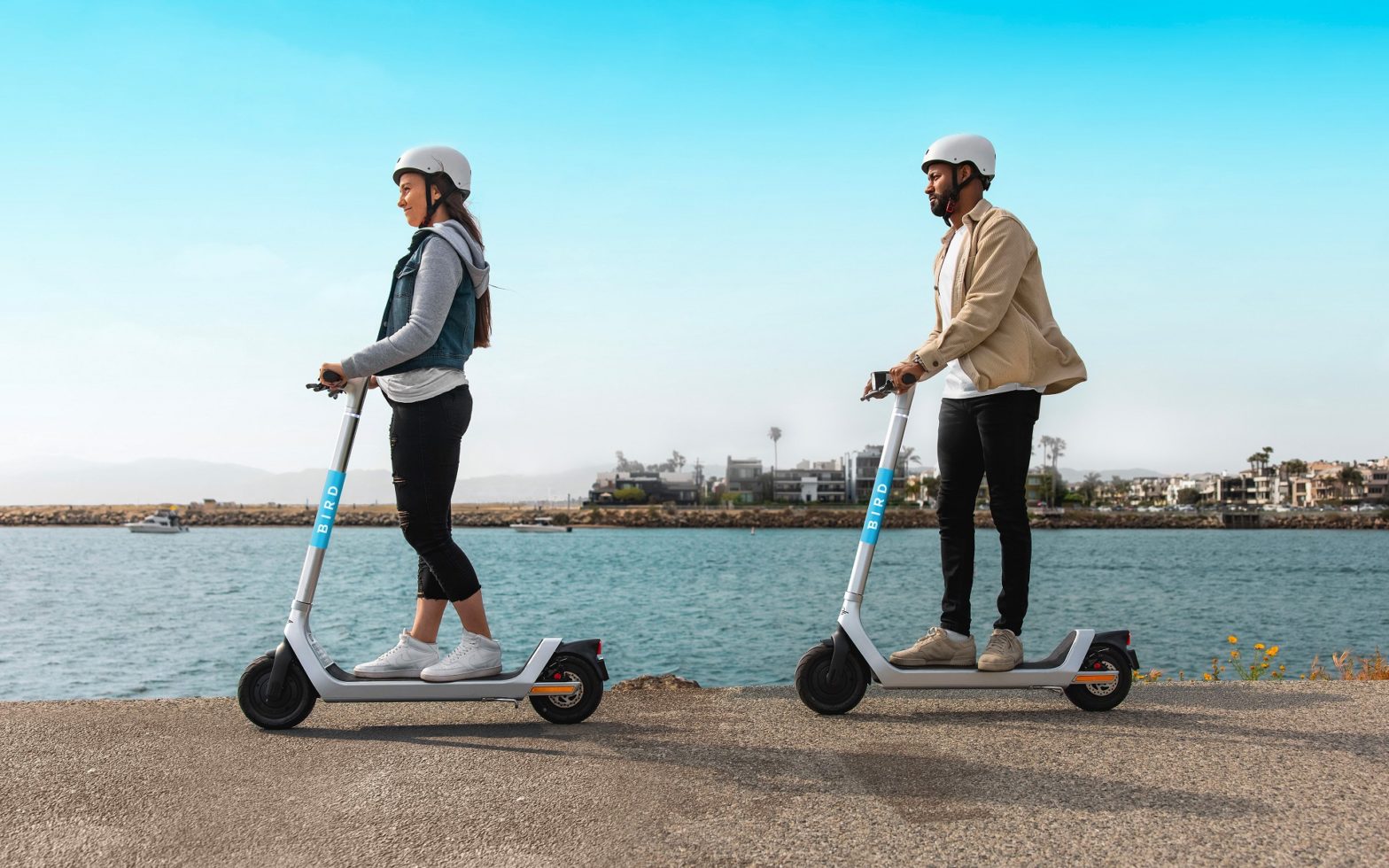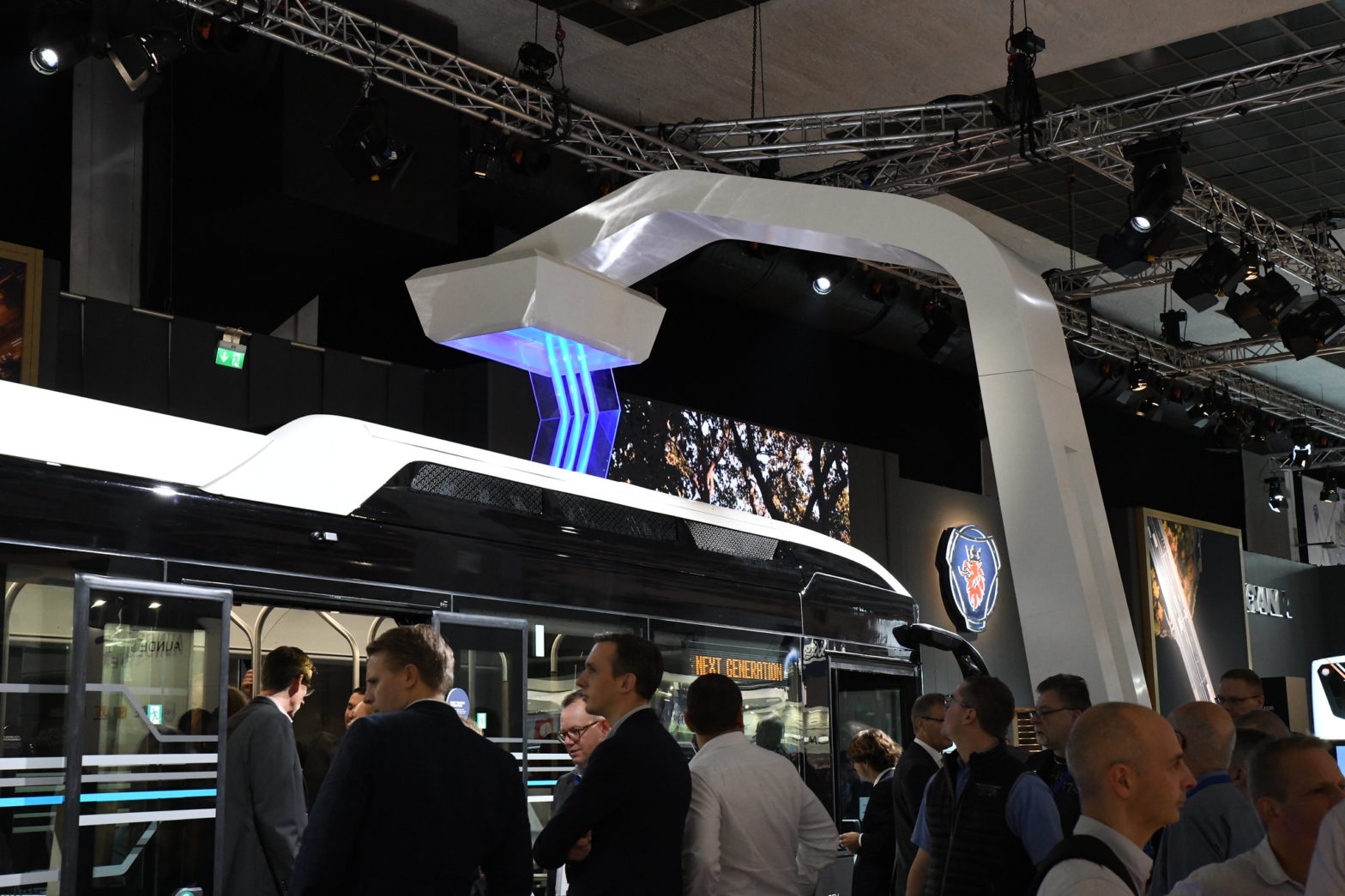
Photo: Bird
Shared micromobility: The truth about sidewalk riding
09 February 2023
As shared micromobility programmes proliferate across the world, their value becomes increasingly evident. Communities with shared e-scooters see a reduction in car trips, a lowering of harmful emissions and an easing of traffic congestion. Researchers recently found, for example, that when Atlanta paused shared micromobility service in the evenings, average car commute times increased by 10 percent, and travel times to stadium events increased by 37 percent. Shared e-scooter programmes also boost the urban economy, adding dollars to local businesses.
Despite their quick evolution into a sustainable, everyday transportation mode, shared e-scooters still face growing pains. One concern some cities have is e-scooters riding on sidewalks in denser neighbourhoods frequented by pedestrians. A few cities, like Calgary, Canada, only allow sidewalk riding, though this is not the norm (Calgary sees 1.5 million shared scooter rides per year, and injury rates are extremely low). Research shows that riders choose the sidewalk when they don’t feel safe or comfortable in the street. According to an e-scooter study by the Portland Bureau of Transportation (PBOT), sidewalk riding is more than four times less likely to occur on streets with protected bike lanes. In the same study, riders ranked bike lanes as the most preferred road type, and sidewalks as the least.
The most effective way to increase safety for all road users and encourage micromobility riders to stay off the sidewalk is to build out bike infrastructure. Bird supports cities in this effort by using rider data to identify routes that would most benefit from the addition of bike lanes. For example, Bird data helped San Diego identify the need for a bike lane on a major thoroughfare. After that lane was added, there was an 80 percent jump in daily ridership in the area. In Atlanta, as a part of a larger action plan to add 19 kilometres of protected bike lanes, the city implemented temporary infrastructure for testing along the busy 10th Street corridor, which Bird’s data identified as a popular route for riders.

Bird led the charge in developing highly accurate, scalable technology that detects when a rider is on the sidewalk vs. the street. Given that most riders choose the sidewalk due to safety concerns, this technology is best used to gather data on where better infrastructure is needed and to alert and educate, rather than to control or stop the vehicle. Additionally, sidewalk riding detection and prevention technology is in its infancy. Some operators use camera-based technology, which is currently too costly to implement on whole fleets. Bird has a uniquely scalable and sensitive solution, but it is still subject to drawbacks, such as reduced accuracy in urban canyons. Finally, implementing behaviour modifying technology creates friction for riders. If imposed overzealously, it can result in users opting to take a car instead of a scooter, hampering cities’ ability to realise congestion reduction and climate goals.
Charlotte, North Carolina’s approach to implementing this technology provides an excellent case study. City administrators communicated openly with Bird and other operators about the goal to reduce sidewalk riding. Hearing this, Bird created an action plan to upgrade chipsets in the scooters to enable sidewalk riding detection and map central business district sidewalks. From there, Bird turned on audible alerts to deter sidewalk riding, and initiated testing to determine the effectiveness of this tool for Charlotte riders.
Charlotte set a goal and allowed operators flexibility and time to plan and test. Cities should also consider offering incentives like reduced fees or increased fleet size to operators that achieve city metrics, to incentivise and support costly innovations and interventions. Most importantly, keeping an open dialogue and strong partnership between city and operator allows shared micromobility programmes to evolve and improve continuously, safely, and effectively.
Brought to you by:













